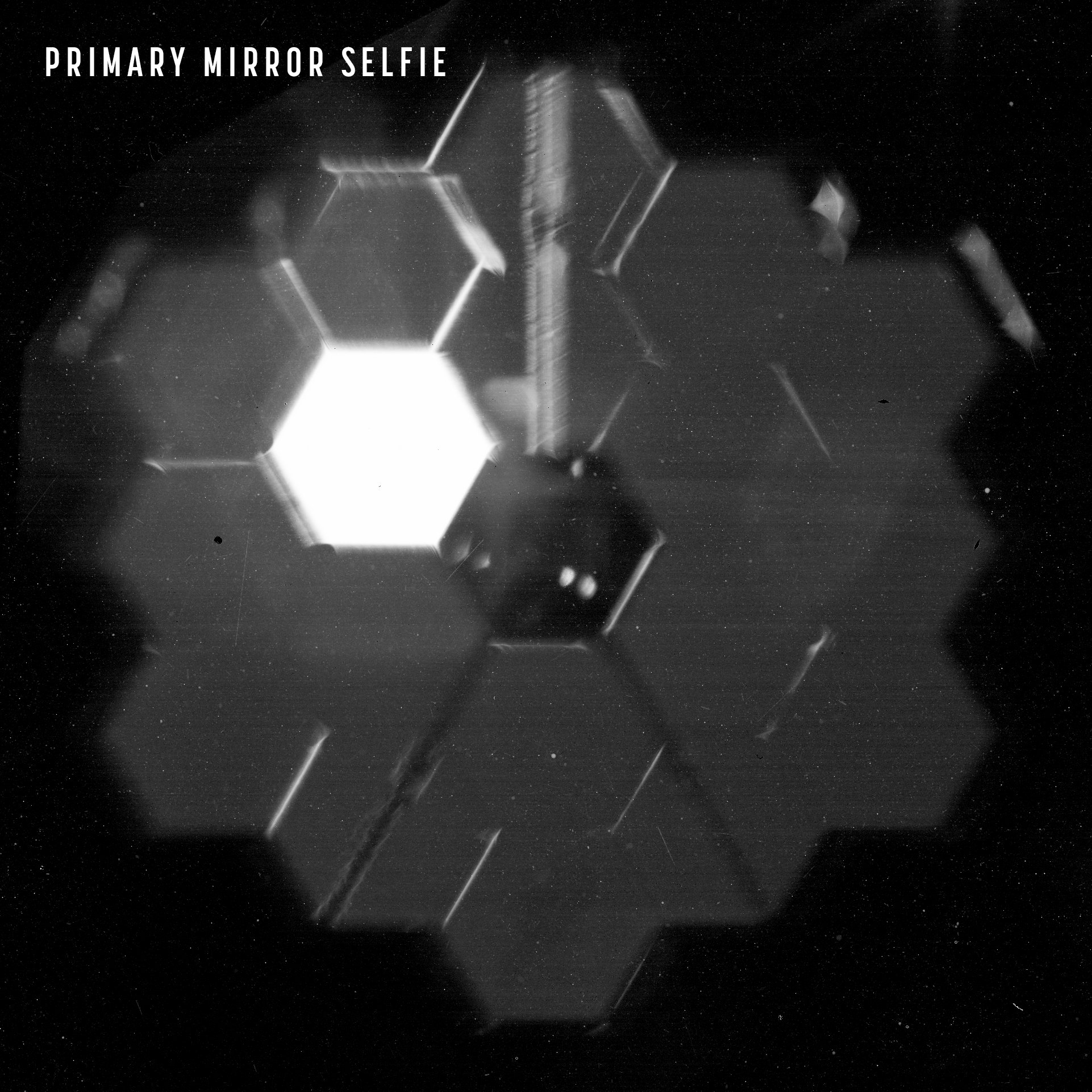Report by Swasti Sharma
The James Webb Space Telescope is a successor to the Hubble Space Telescope. It is the biggest space telescope ever built and launched.
The telescope is at the verge of completion of the first phase of aligning the observatory’s primary mirror by using Near Infrared Camera (NIRCam).
NIRCam will detect light from the earliest stars and galaxies in the process of evolution, the population of stars in nearby galaxies, as well as young stars in the Milky Way and Kuiper Belt objects (like comets, dwarf planets, and all the objects which consist of rock and ice).
NIRCam will cover infrared wavelength (The distance between the two successive top of the light wave) range 0.6 micron to 5 microns.
The purpose of using the biggest primary mirror is to gather more light (the larger the mirror, the more light it can gather). The team wanted to confirm that NIRCam was ready to collect light from celestial bodies, and after that to identify starlight (the light sent by stars to the sky) from the same star in each one of the 18 primary mirror segments.
The result is an image mosaic (pattern made by placing together small coloured pieces) of 18 randomly organized dots of starlight, the product of Webb’s unaligned mirror segments all reflecting light from the same star back at Webb’s secondary mirror and into NIRCam’s detectors.
The image capturing process began on 2nd February. Webb was fixed to 156 different positions around the forecasted locations of the stars and created 1560 images using NIRCam’s 10 pointers. But, the observatory was able to locate the target star in each of its mirror segments within the first 6 hours and 16 exposures. These images were brought together and a huge image was formed of nearly 2 billion pixels.
The image mosaic was created by pointing the telescope at a bright, isolated star in the constellation Ursa Major known as HD 84406. This star was chosen specifically because it is easily identifiable and not crowded by other stars of similar brightness, which helps to reduce background confusion.
Each dot within the mosaic is labeled by the corresponding primary mirror segment that captured it.
Along with the picture of HD 84406 star, the telescope clicked a selfie which was created using a specialized pupil imaging lens inside of the NIRCam that was designed to take images of the primary mirror segments instead of images of space.
This arrangement is not used during scientific operations but is used for engineering and alignment purposes.
In this case, the bright segment was pointed at a bright star, while the others aren’t currently in the same alignment. This image gave an early indication of the primary mirror alignment to the instrument. The first scientific images will come in summer. But James Webb Space Telescope has been confirmed as a functional telescope by this first star image.
Both images from the Twitter of @NASAWebb


